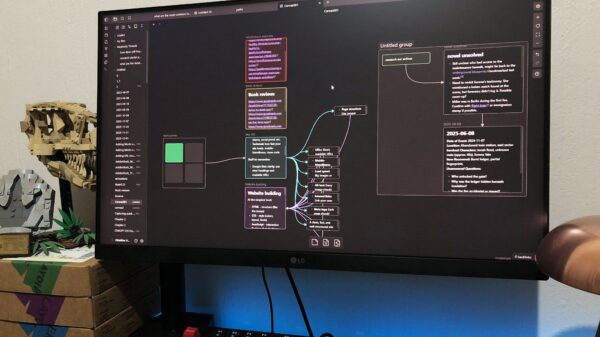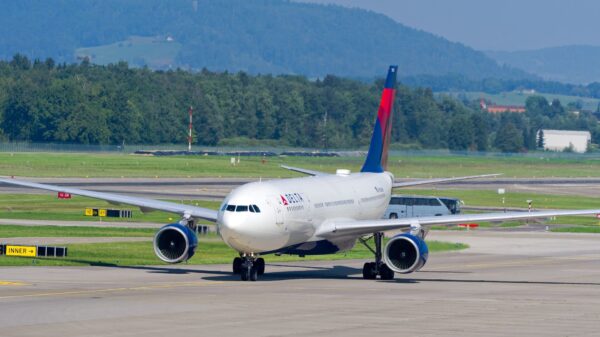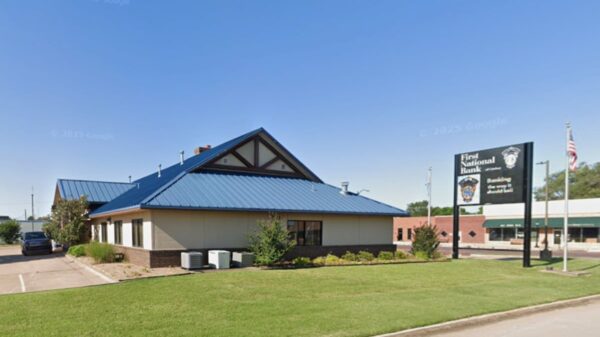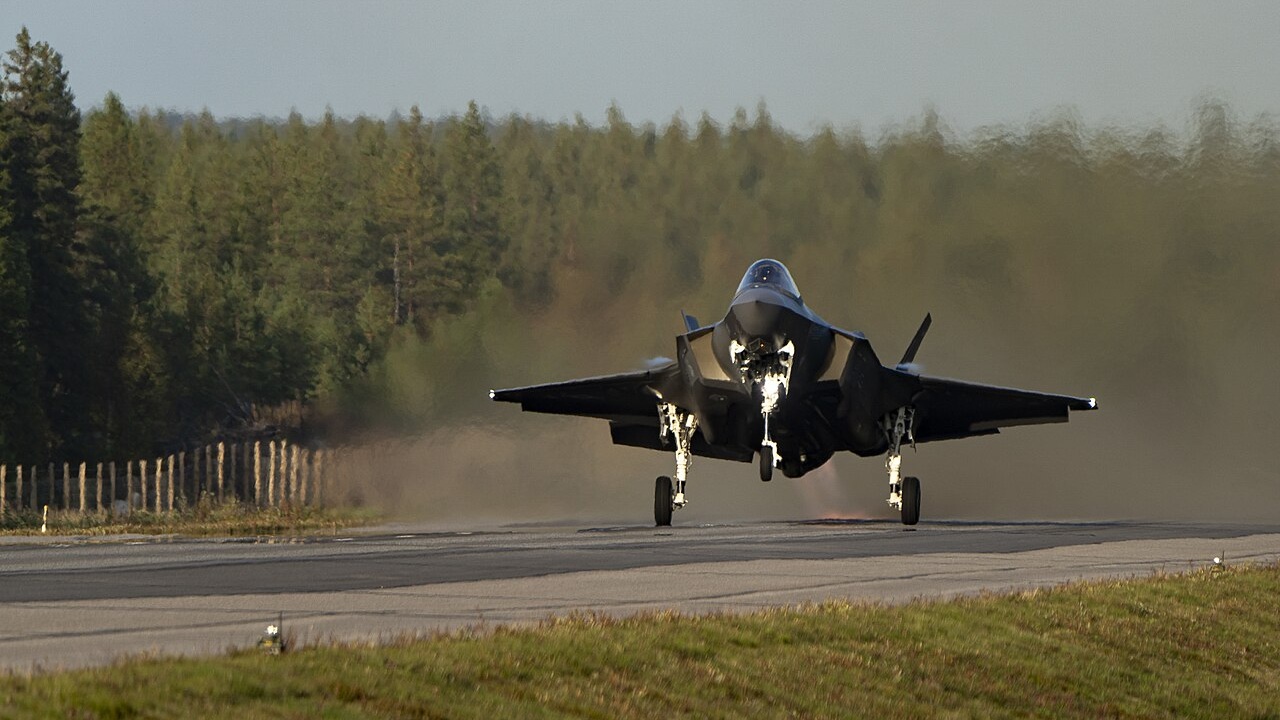The US Air Force has introduced a new strategy aimed at enhancing the operational readiness of its fighter jets during major conflicts. The plan, known as the Forward Arm and Refueling Point (FARP), seeks to enable aircraft to quickly rearm and refuel at locations close to battlefields, significantly improving their capability to conduct sustained operations. This initiative comes in response to the need for rapid deployment and flexibility in potential conflicts involving adversaries such as Russia and China.
The FARP concept addresses a critical limitation in current military operations: while mid-air refueling of aircraft is well-established, the ability to rearm them in the air remains unattainable. Consequently, the FARP framework focuses on establishing impromptu runways where military aircraft can land, refuel, and rearm swiftly. Such operations are being practiced in various unconventional locations, including highways, to simulate real-world scenarios.
Enhancing Combat Readiness through Innovative Drills
Recently, the Air National Guard conducted drills under the FARP framework, specifically focusing on Distributable Integrated Combat Turn (D-ICT) operations. This tactic is designed to ensure fighter jets are refueled and armed within an hour, ready for immediate action. During these exercises, two C-130 transport aircraft loaded with fuel and munitions successfully replenished several F-35 Lightning II stealth fighters and F-15 Eagle aircraft.
Air National Guard Lieutenant Colonel Doug Ferro, commanding officer of the 103rd Aircraft Maintenance Squadron, emphasized the importance of D-ICT in enhancing agility and operational effectiveness. He noted, “This enables Combat Air Forces to deliver lethal airpower with unprecedented agility by leveraging Mobility Air Forces platforms for rapid, distributed operations.” The 103rd Aircraft Maintenance Squadron has become so proficient in FARP operations that it is now providing training to other military units.
According to Colonel Michael Blair, commanding officer of the 158th Fighter Wing, “D-ICT enables us to project power rapidly, wherever needed. We understand that in the vast, contested spaces of our pacing-threat theaters, speed and flexibility are critical.” This approach could prove vital in a near-peer confrontation with nations such as Russia and China, allowing the US Air Force to maximize the number of sorties flown by the same aircraft.
Strategic Implications of FARP in Modern Warfare
The FARP initiative represents a significant evolution in how the US military prepares for and conducts air operations in high-stakes environments. By establishing ground-based rearmament and refueling capabilities, the Air Force aims to outmaneuver enemy forces, complicating their targeting processes. This strategy not only enhances the effectiveness of US air power but also demonstrates a commitment to adapting military tactics in the face of evolving global threats.
The ongoing developments in FARP operations underscore the US Air Force’s recognition of the need for sustained and flexible air operations in modern combat scenarios. As geopolitical tensions continue to rise, the effectiveness of the FARP strategy could play a crucial role in determining the outcome of future conflicts.
In conclusion, the US Air Force’s FARP initiative marks a proactive step toward ensuring the readiness and effectiveness of its fighter jets in potential conflicts. The ability to conduct rapid rearming and refueling operations could reshape air combat dynamics, offering the US military a strategic advantage in an increasingly complex global landscape.





































































